Some South Carolina cities and towns are seeing record population growth and the residential and business development that comes with it. Several of these municipalities have taken a measured, planned approach, including redevelopment of existing property, to avoid some of the pitfalls of rapid growth.
The keys to successful growth management include addressing infrastructure needs, having an updated master plan and having a city council and other elected officials who will follow that plan.
Simpsonville
In the City of Simpsonville, saying “no” to development problems is actually more of a “yes, if” said Dianna Gracely, city administrator for Simpsonville in the Upstate area known as the “Golden Strip.”
Located along Interstate 385, Simpsonville and the other “Golden Strip” cities of Mauldin and Fountain Inn are seeing rapid growth as part of the region’s overall economic expansion.
These cities, which grew up around the textile industry, are growing into bedroom communities for those who work in larger cities, but they are also home to plenty of residents who work in town as well. Simpsonville has seen its population grow by more than 30% from 2010 to 2019 — faster than the 16% growth of Greenville County, and reaching a total of more than 24,000 people.
“Through COVID-19, we have not seen any slowdown,” Gracely said. “We’ve got new subdivisions, multifamily and commercial projects all going on.”
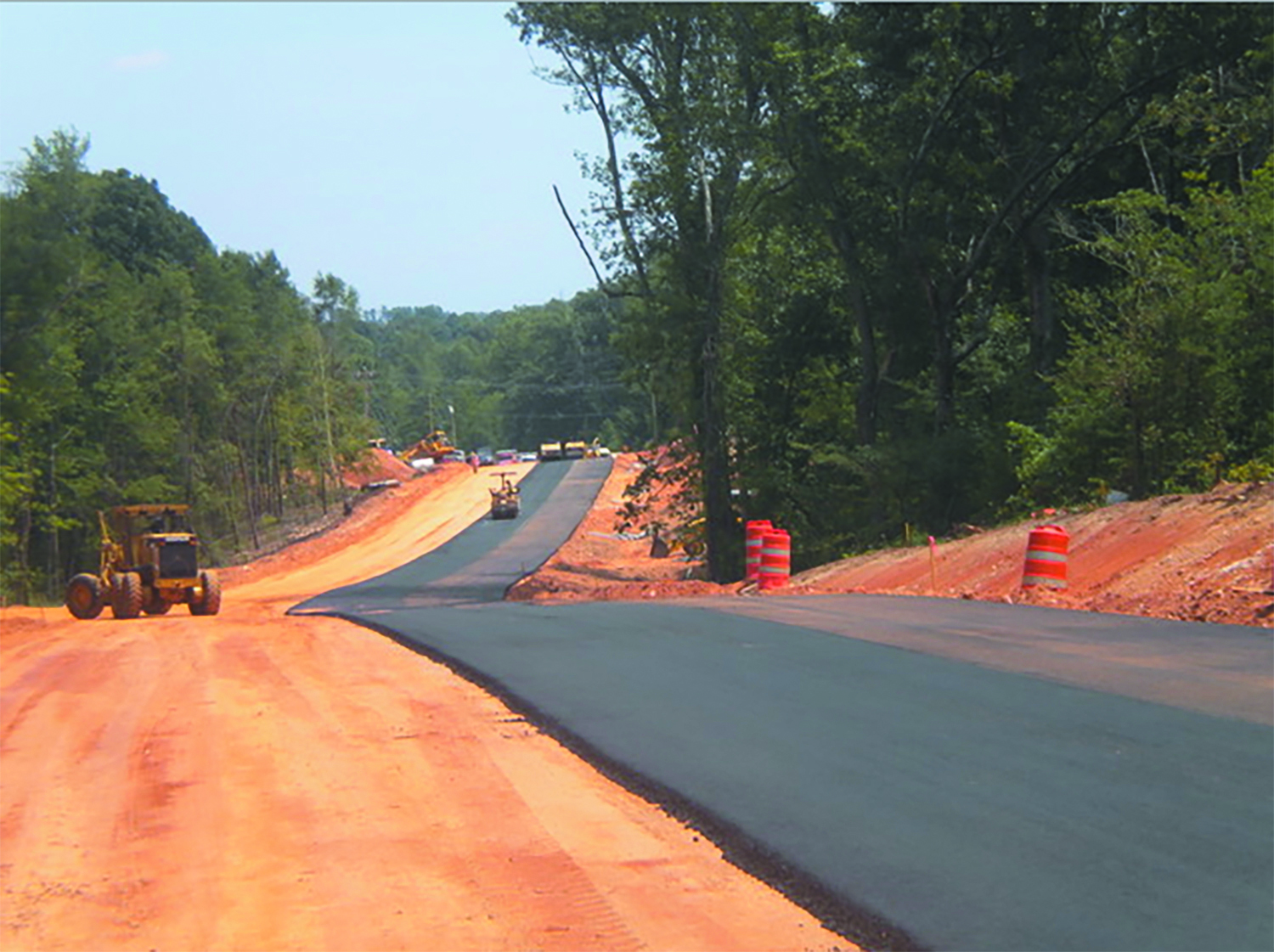
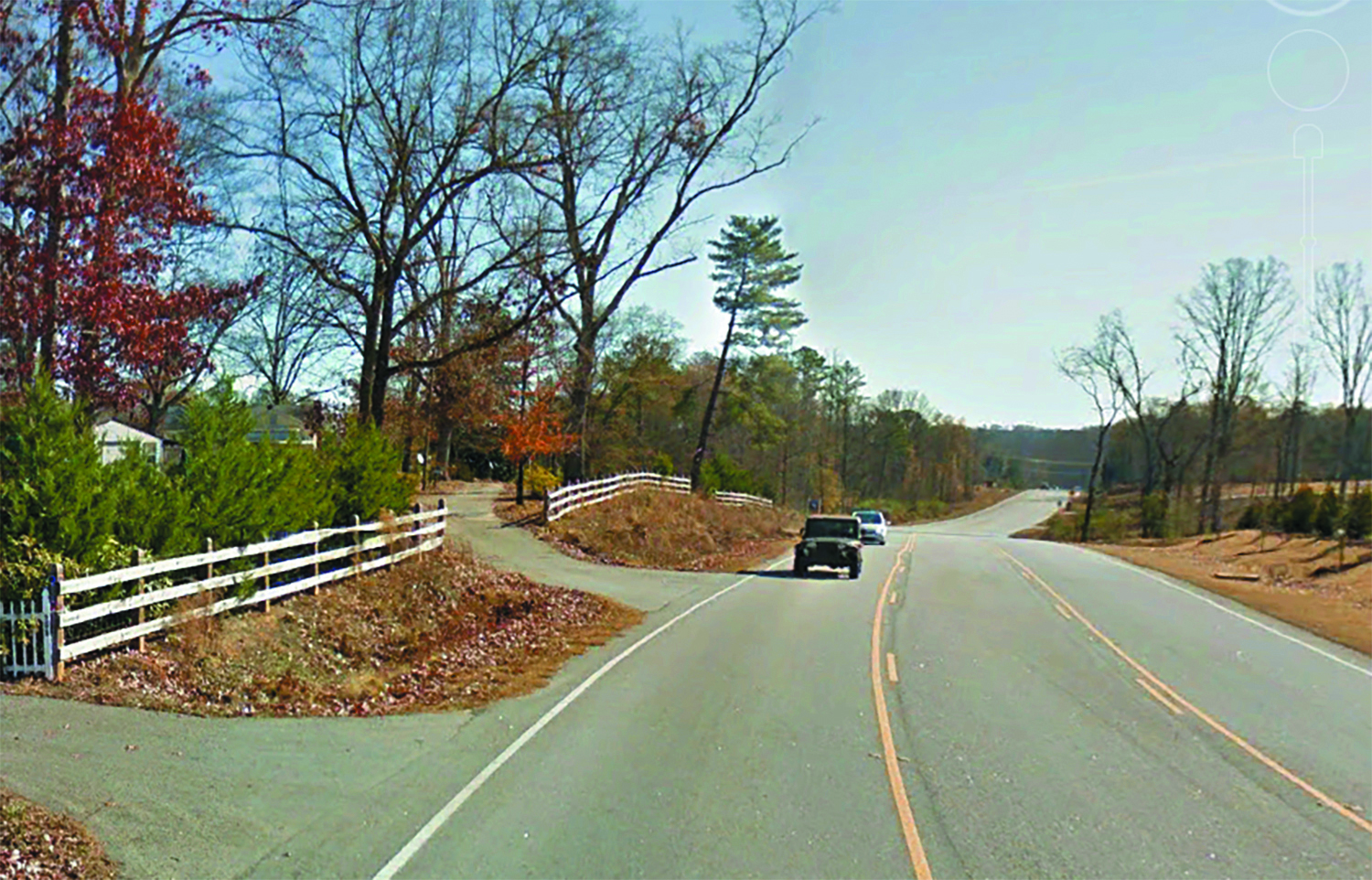
Improvements to Stenhouse Road in Simpsonville are seen during and after construction.
Photos: City of Simpsonville.
Growth brings challenges as well as opportunities, she said, adding that Simpsonville has been fortunate to have policymakers and elected officials who are taking a very intentional approach to development.
“Growth brings challenges, mostly infrastructure challenges,” Gracely said. “We are trying to address what we have control over.”
For example, Simpsonville City Council issued a sewer bond three years ago to upgrade the city’s entire sewer system. The city is now conducting a study to determine the system’s overall capacity so officials will know what is available and what is needed as new developments come on line.
On the items the city can’t control, like widening state roads, Gracely said that Simpsonville was able to secure a local funding match through the county legislative delegation for federal funds that had been earmarked to widen West Georgia Road — the corridor where new growth is expected to be concentrated.
The city is also aiming for housing developments that offer a range of affordability options so that those who work in the city can afford to live there. New housing creates new infrastructure considerations, though, and the city is working to ensure that developers are cognizant of the impact that more people will have on traffic flow. That’s where that “yes, if” comes in.
“We are able to control the way some of these commercial developments come in, such as limiting access points or requiring businesses to line up their road entrances,” Gracely said. “There was a multifamily project that council approved, and part of that approval was changing the development plan to eliminate an access point to a road that already had too much volume.”
Woodruff
Nearby, Woodruff is experiencing the same level of growth — partly the result of the city seeking out development.
“We started going out and shaking the bushes and meeting and bringing people in,” said City Manager Lee Bailey. “In the beginning, it was a challenge to get folks to see the future and what Woodruff could become. It took a good two years to get any traction.”
Once the city got a few new subdivisions, Bailey said, development became so strong that not even a global health crisis could slow it down.
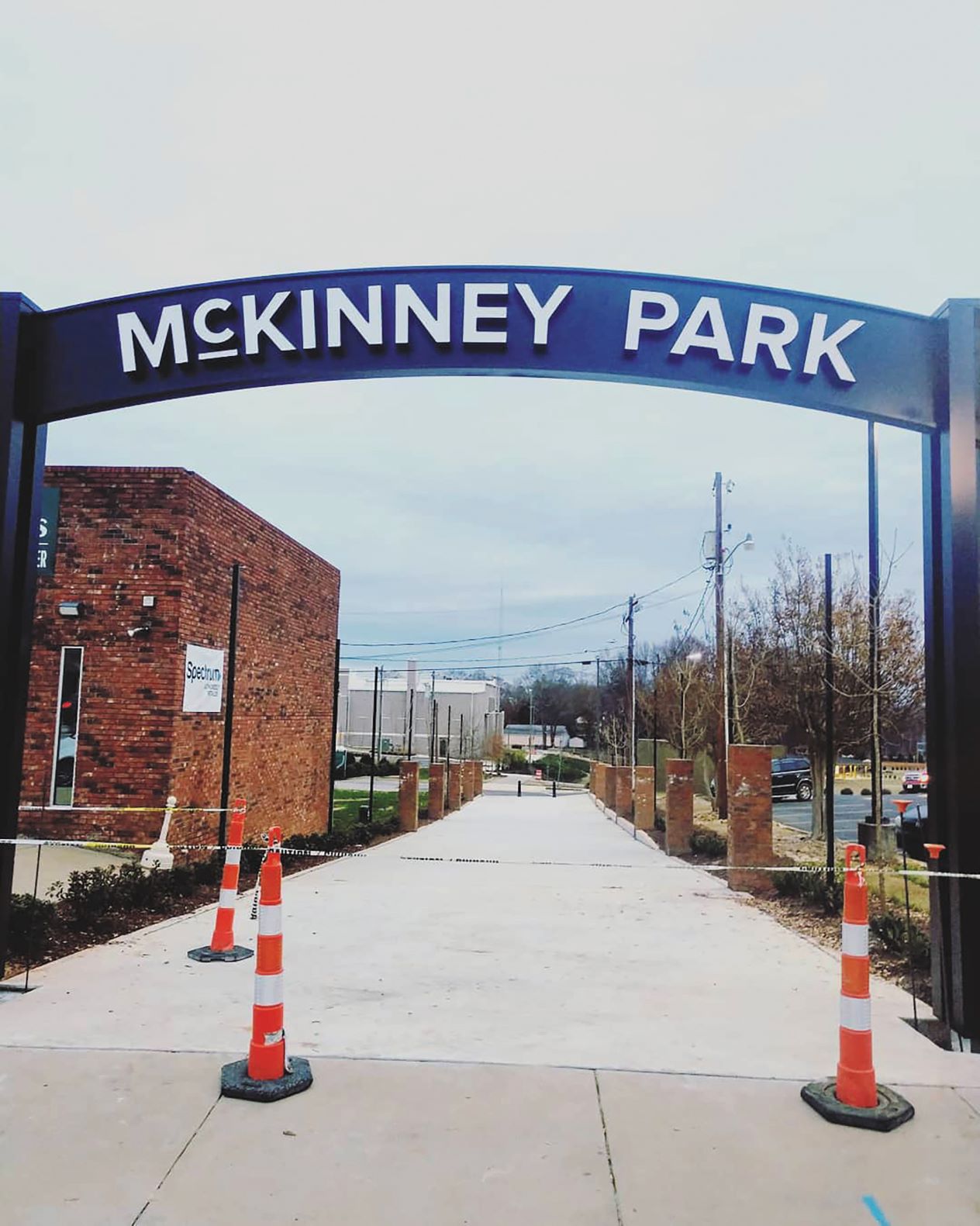
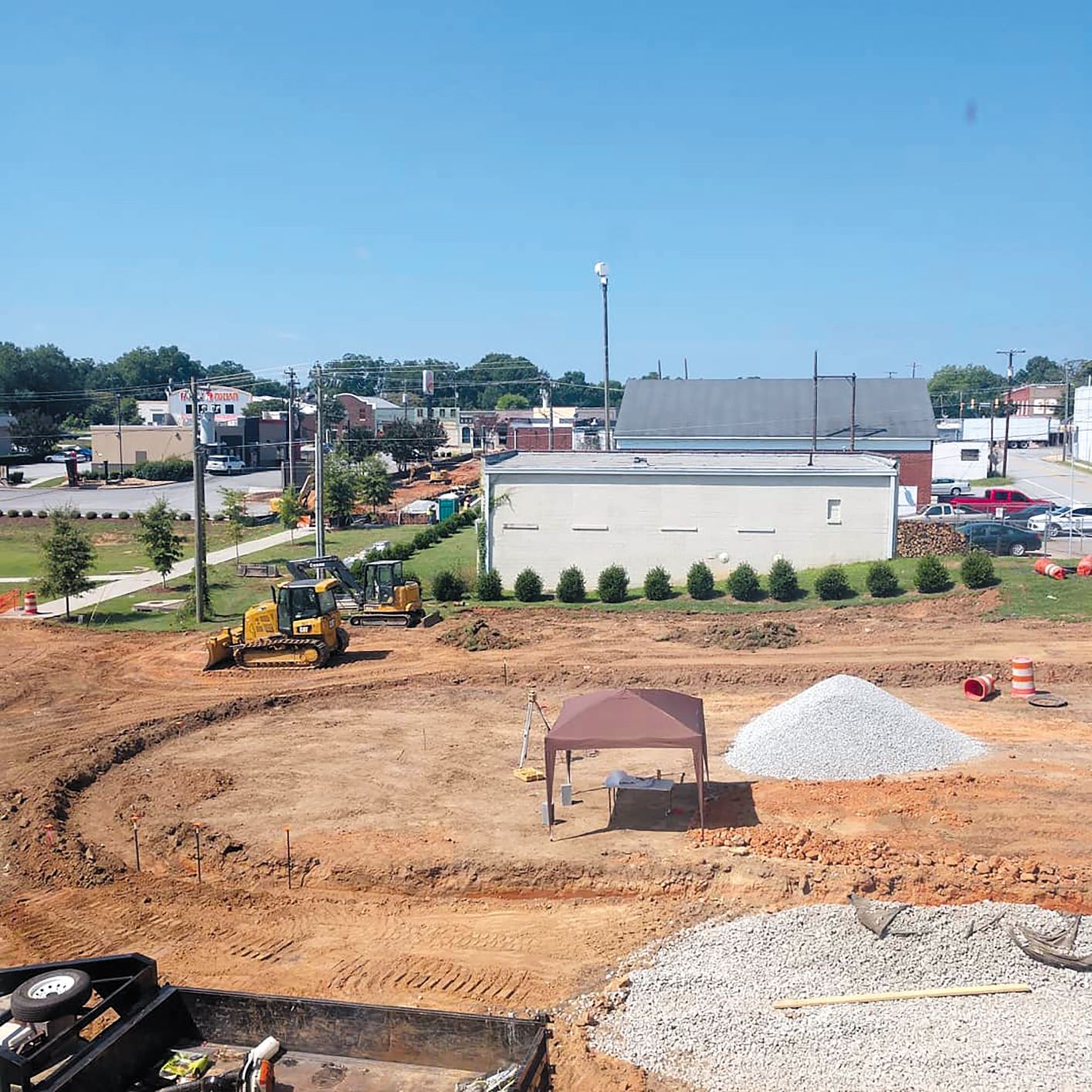
Improvements to McKinney Park, now connected to Main Street, form part of Woodruff’s
investments in its downtown. Photos: City of Woodruff.
“We’ve had three new restaurants open during the pandemic,” he said. “We did not lose any retail businesses due to COVID-19 and our 2020 was about the best year we have ever had.”
The city uses a combination of infrastructure improvements and cash incentives to help close deals with developers. It has also made its own investments in renovating its downtown city center, adding a parking facility and an outdoor event space at McKinney Park that hosts weekly concerts. The key was not only knowing what the city had to offer, but knowing what was missing.
“You have to identify what you need for your community — for us it was housing — then develop a plan of attack and stay true to that vision and plan and work hard at it.”
Hardeeville
Identifying exactly what the town wants has been the guiding force for Hardeeville in Jasper County.
Hardeeville had its development plan in place and was signing development deals as early as 2005, but then the Great Recession came in 2008. Although the town had expanded its boundaries from 5 square miles to 55 square miles, there was not a lot of activity, said Mike Czymbor, Hardeeville city manager.
“The challenge was how do we engage these property owners, developers and break down those barriers to proceed with projects.” Czymbor said.
Just across the state line, the Port of Savannah has plans for expansion, and Hardeeville hopes to be home to port workers. That is why the city is focused on residential developments, which will bring retail, restaurants and entertainment.
The biggest boost on the residential side has been the opening of Latitude Margaritaville Hilton Head with plans for 3,000 homes. The resort development, which will have its own “town center,” is geared toward retirees and is located in Hardeeville.
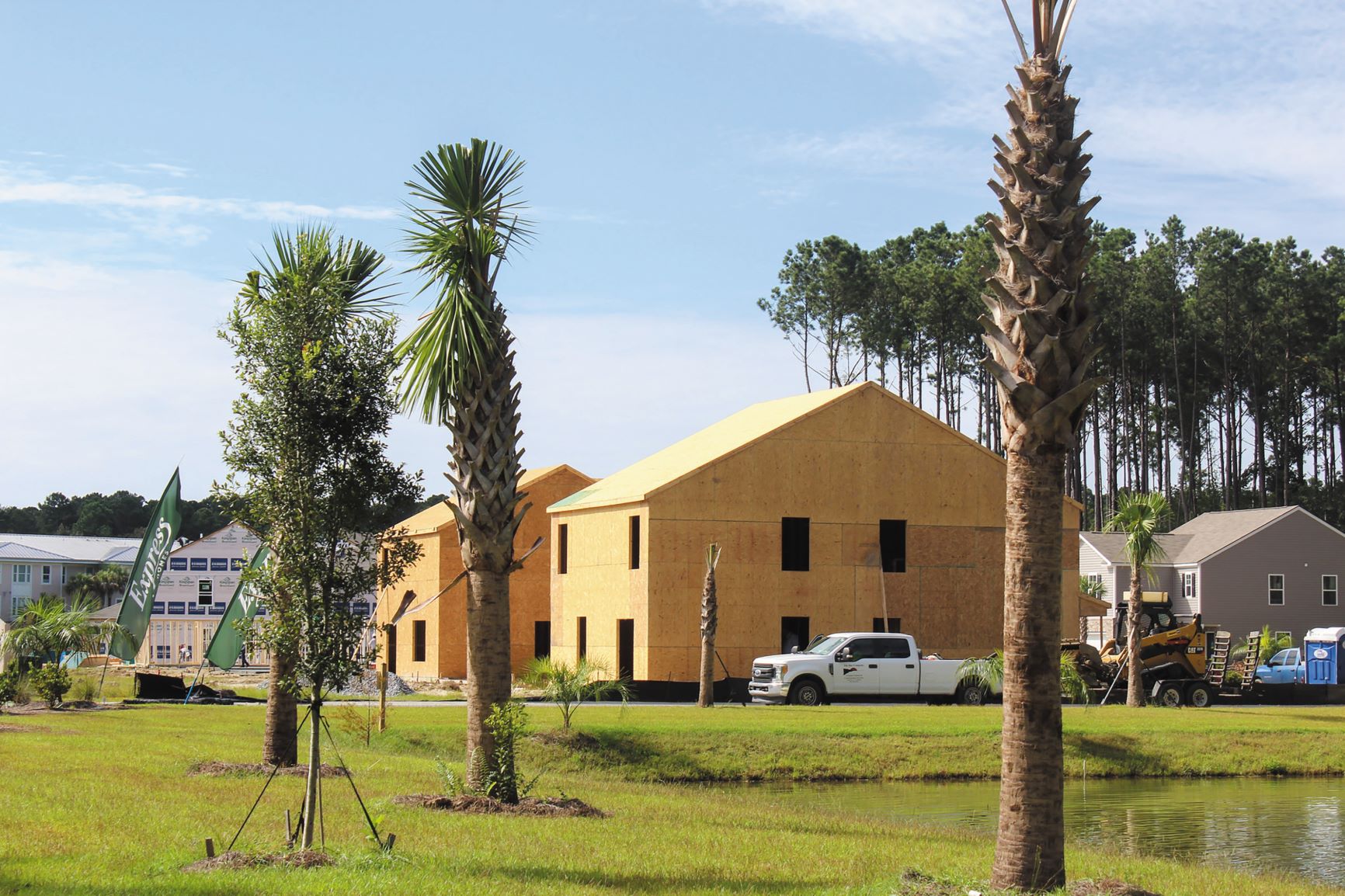
Housing growth has become a common sight in fast-growing Hardeeville.
Photo: City of Hardeeville.
The number of homes planned for that development is about equal to the total number of residents in Hardeeville recorded in the 2010 census. Czymbor expects the 2020 count will show about 8,500 residents, and estimates that number will triple in the next 10 years. That growth means the city has to make sure it has the infrastructure to handle the needs of new residents and businesses.
“We annually talk to all these development agreement holders and get their best guess for their development schedule,” Czymbor said. “Then we use that base to decide where do we need another fire station, how many police officers do we need to hire, how many building officials, planning people, how many public works employees.”
That input each year is used to update the city’s planning document to keep up with the growth.
Planning Director Brana Snowden said the city has partnerships with the SC Department of Transportation and its water and sewer providers who all work together with the developers to lay the infrastructure groundwork for growth.
“We have almost weekly conversations with them,” she said.
Deputy City Manager Matt Davis said a big part of the city’s role is to mitigate the impact of development. As the city finds itself competing with surrounding areas — even some locations in Georgia — for business, it has to be mindful of the cost of growth.
“Fifteen years ago, any growth was good,” Davis said. “Not anymore. It needs to be the right kind of growth.”
In several parts of the state, growth has become a common challenge and opportunity — one that cities can meet with careful attention to planning and infrastructure.
